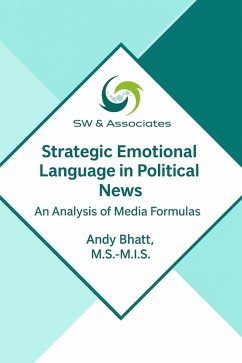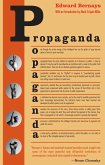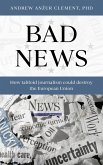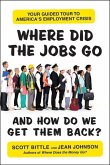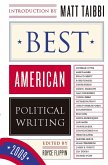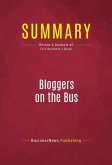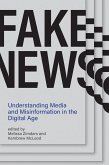Key findings highlight recurring patterns such as "Threat-Then-Blame" and "Common Enemy Mobilization," where perceived threats are linked to specific culprits to influence public sentiment. These formulas, leveraging rhetorical devices and media framing, are shown to significantly impact public opinion, deepen political polarization, and affect democratic engagement. For instance, fear appeals can both mobilize and disengage audiences, while targeted blame erodes trust in institutions and political actors.
The report emphasizes that the strategic deployment of fear and blame is a powerful force actively shaping the political environment. It provides crucial insights into how these communication tactics operate across diverse media outlets and political issues.
SW & Associations recommends enhanced media literacy for consumers, urging them to critically evaluate emotionally charged content and diversify their news sources. For political communicators and media organizations, the report advocates for a shift towards ethical practices that prioritize informed participation and transparency over manipulative emotional appeals. This research underscores the urgent need for a more discerning public and responsible communication to foster healthier democratic discourse.
Dieser Download kann aus rechtlichen Gründen nur mit Rechnungsadresse in A, B, CY, CZ, D, DK, EW, E, FIN, F, GR, H, IRL, I, LT, L, LR, M, NL, PL, P, R, S, SLO, SK ausgeliefert werden.

